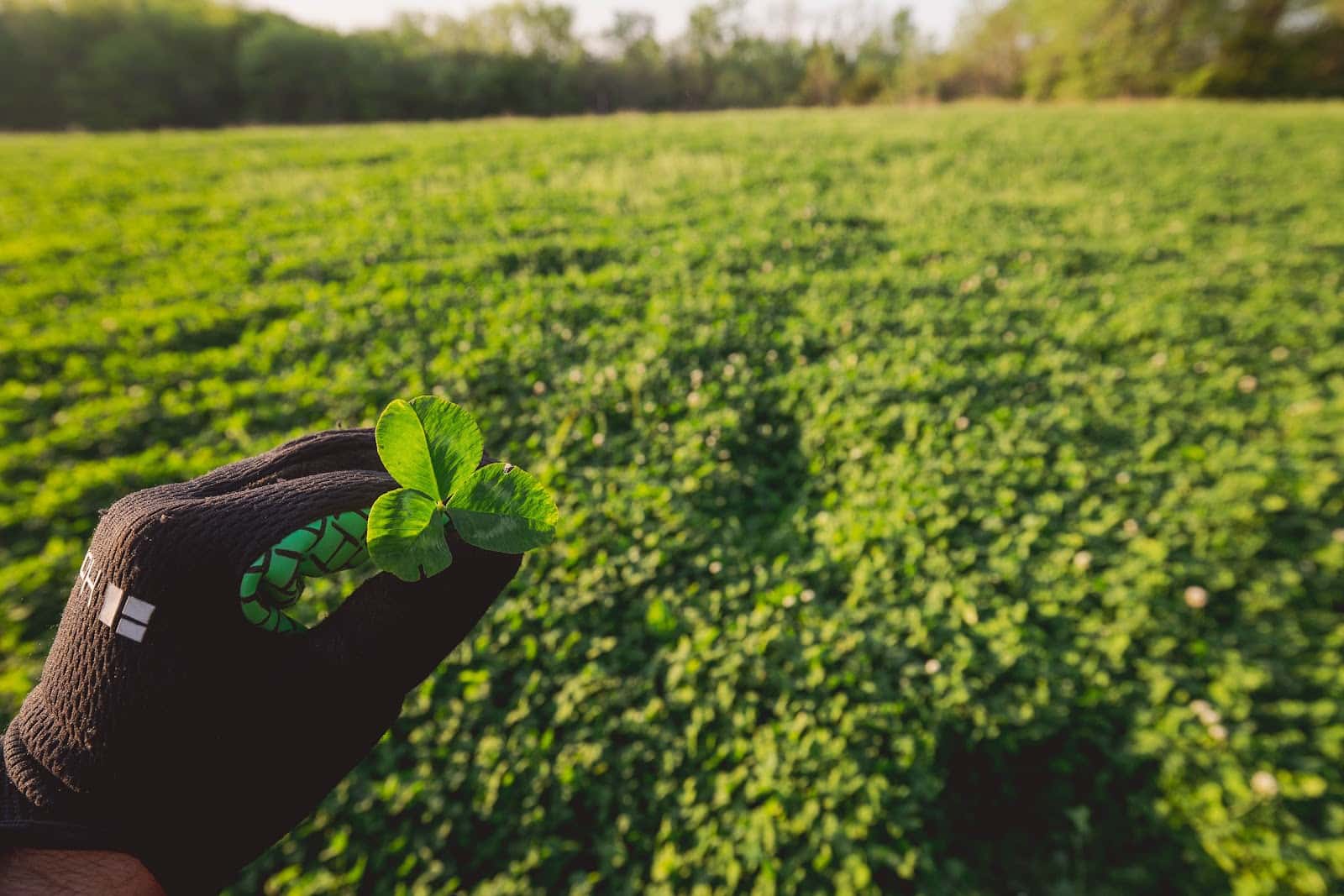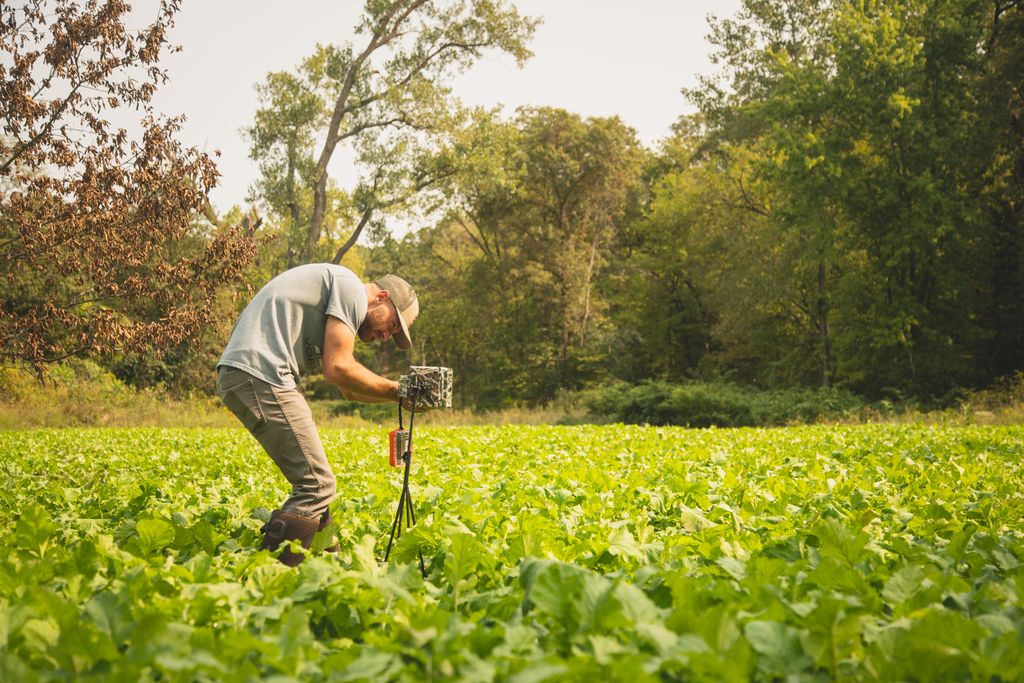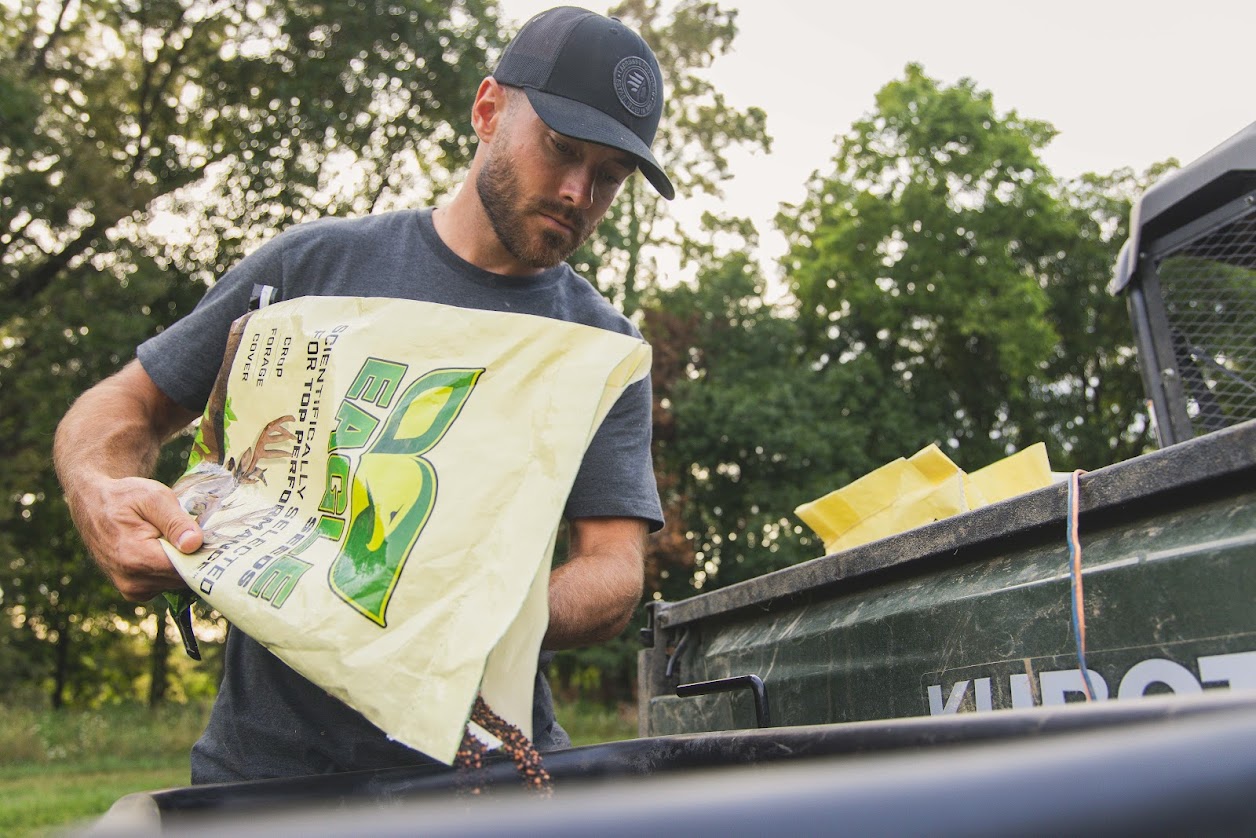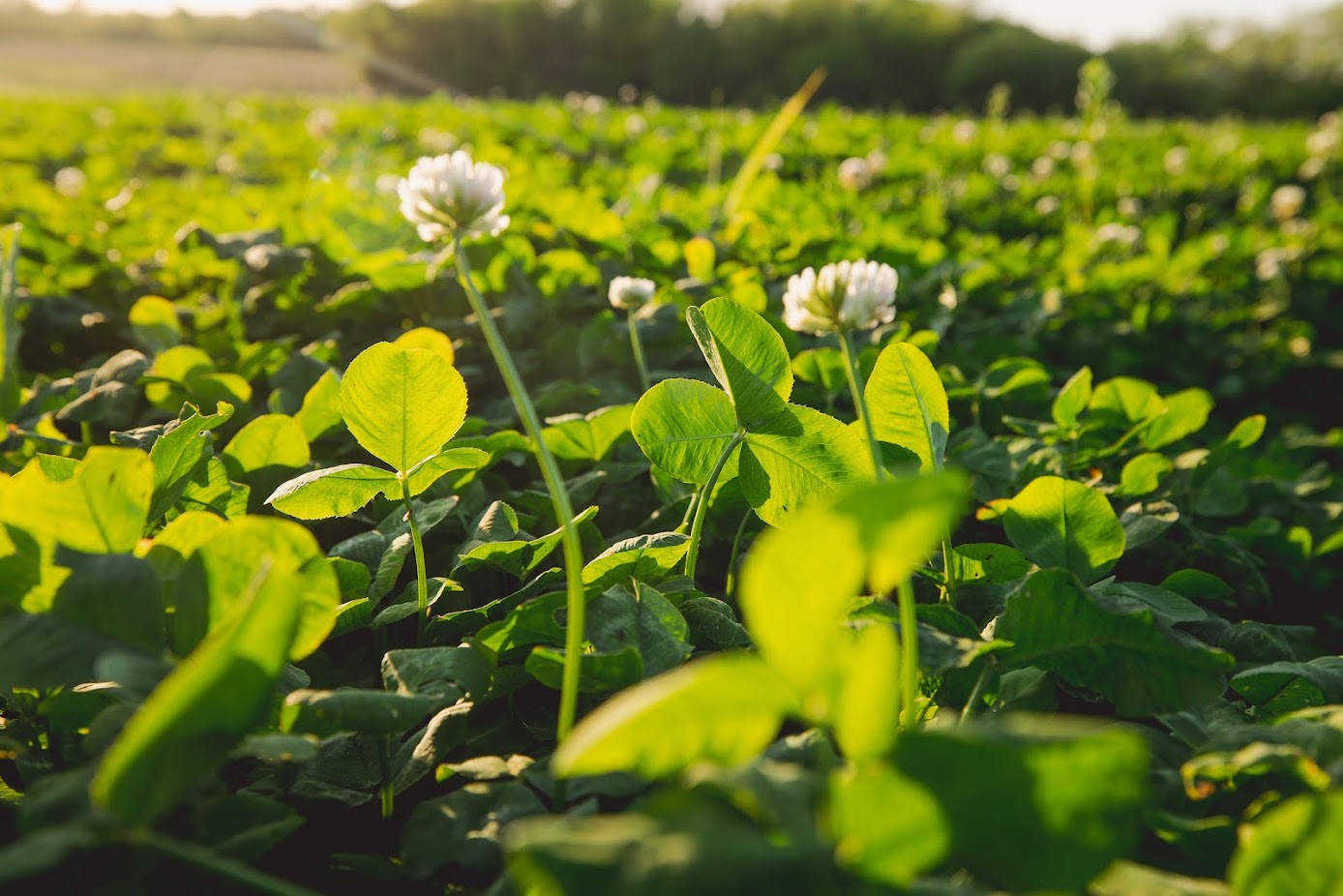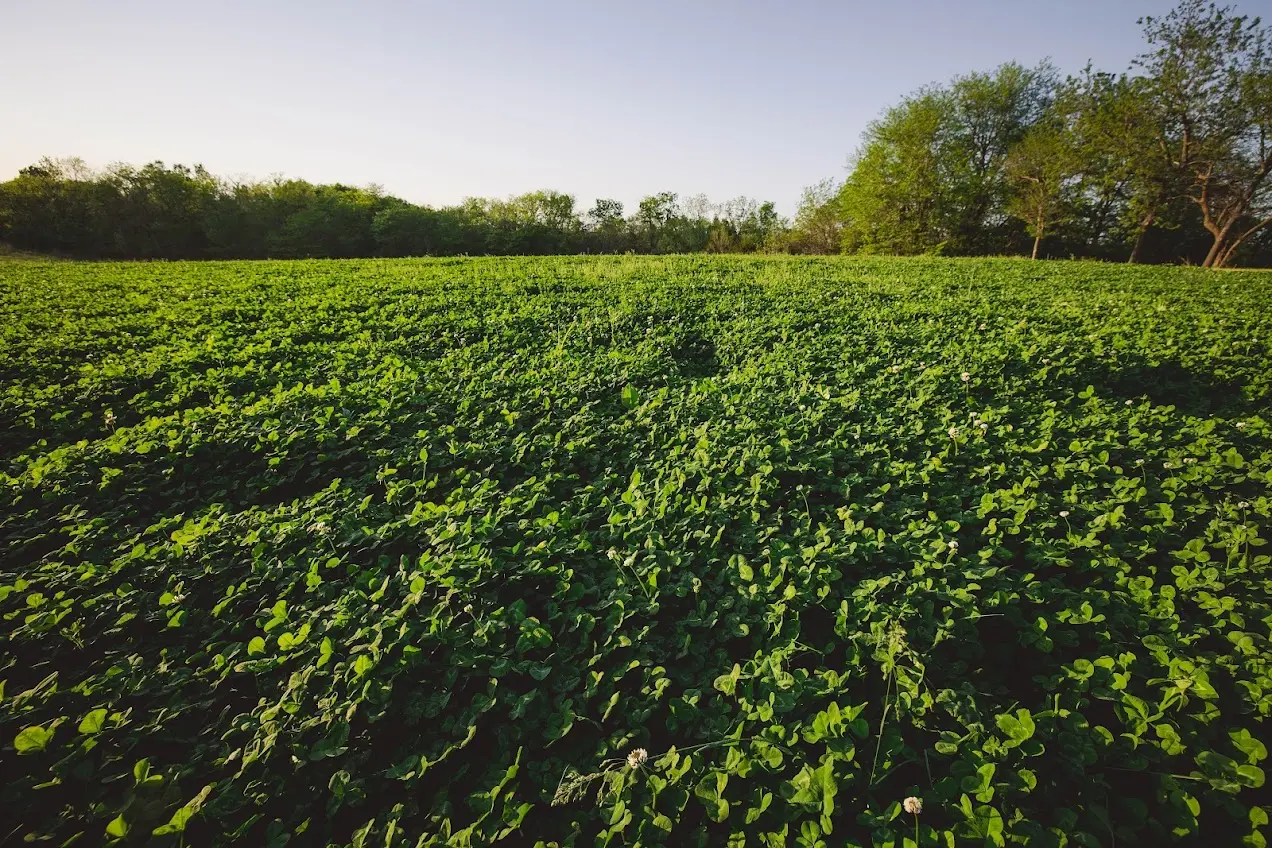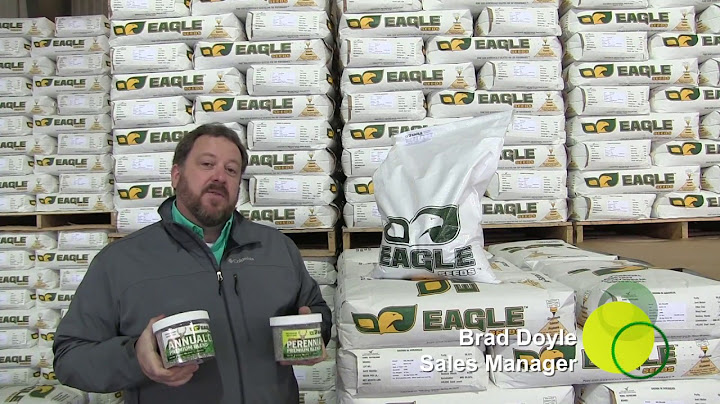Clover Quick guide
The Key to picking the Right Variety for Your Plot:
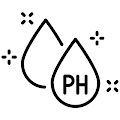
BEST ON LOW PH SOIL
Best Blend – Top Five®
Best Clover Type – Balansa and Red

BEST ON DROUGHT PRONE SOIL
Best Blend – Top Five®
Best Clover Type – Balansa, Red, Kura

BEST ON HEAVY CLAY SOIL
Best Blend – Top Five®
Best Clover Type – Balansa, Red, Kura
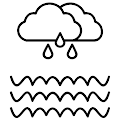
BEST ON FLOOD PRONE SOILS
Best Blend – Top Five®
Best Clover Type – Balansa, Red, and Crimson

BEST FOR POLLINATORS
Best – CloverKeeper®

BEST FOR A FIRST YEAR PLOT
Best Blend – Buffalo Clover® and Top Five®
Best Clover Type – Balansa, Berseem

BEST FOR HEAVY BROWSE
Best Blend – Top Five®
Best Clover Type – Kura
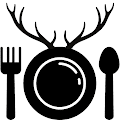
BEST FOR DEER PREFERENCE
Best Blend – Buffalo Clover®
Best Clover Type – Berseem and Ladino
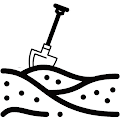
BEST FOR SANDY SOIL
Best Blend – Top Five® and CloverKeeper®
Best Clover Type – Arrowleaf
Clover Types
All clovers have strengths and weaknesses. That is why it is best to use clovers in combination. Check out Top Five Annual® Clover Blend, CloverKeeper® Perennial Clover Blend, or Buffalo Clover® Blend (annual and perennials) for an exceptional combination of the best varieties.
Annuals and Biennials
Balansa
Some varieties of Balansa Clover are capable of producing huge biomass (plants up to 3 feet tall.)
- More above ground forage
- Better weed suppression
- More nitrogen fixation
- Quick growth
- Deep tap root
- Allows more water infiltration into the soil
- Shows both drought and flood tolerance
This clover is a major component of our Top Five Annual Clover® and main ingredient in our Smorgasbord® blend.
Berseem
We discovered new breeds of Berseem clovers that are capable of withstanding some tricky soils.
- Handles heavy clay soil
- Very cold tolerant
- More Nitrogen fixation
- Quick growth
- Excellent nutrient cycling
- allows more water infiltration into the soil
Available in Top Five®, Buffalo Clover and Smorgasbord®
Red Clover
Wildlife biology shows that Red clovers aid in digestion.
- Tolerates low fertility soil
- Tolerates standing water
- Good weed suppression
- Quicker growth
- Good nitrogen fixer
- Biennial, good drought tolerance
- Helps relieve compacted soil
- Allows more nutrient cycling
- This is one of the main ingredients in CloverKeeper®
Crimson Clover
Crimson Clover is the earliest growing clover. It is usually the first plant you see growing on roadsides. We have a newer Crimson cultivar that grows much longer into the spring.
- More winter tolerant than Dixie, more water infiltration
- Better weed suppression than other crimsons
- Good heat tolerance
- Tolerates standing water
- Helps relieve compacted soil
- Good nitrogen fixation
- Quick growth
- Biennial
This is one of the main ingredients in Top Five ® Annual Clover Blend®
Arrowleaf Clover
Arrowleaf is known for its excellent drought tolerance.
- Handles 4.5- 7.5 pH soil
- Very low bloat potential
- Works well with grass blends
- Excellent in sandy soil
Available in Top Five®
Persian Clover
- Very large leaves
- Highly digestible (protein up to 24%)
- Excellent for grazing
- Tolerates poorly drained soils
- Quick root development
- Prefers alkaline soils
- Handles 5-8.0 pH
- Moder salinty tolerance
Perennials
Kura Clover
Kura clovers have a different growth structure, they spread by rhizomes below the ground.
- More browse tolerant
- Better weed suppression
- Handles more stress
- Deep tap root
- Both drought and flood tolerance
Medium Red Clover
Wildlife biology shows that this biennial clover aids in digestion.
- Excellent frost seeding clover
- Good nitrogen fixation
- Quicker growth than other perennials
- Drought tolerance
- Weed suppression
This is one of the main ingredients in CloverKeeper®.
Ladino Clover
Ladino is the most winter active clover. The new varieties we use produce more tonnage and have very high palatability.
- More winter tolerant and active in cold season
- Highly digestible
- Erect, rapid growth
- Large leaflets
- Good grazing tolerance
- High Protein
- Good for erosion control
- Good disease tolerance
This is one of the main ingredients in CloverKeeper Perennial Blend® and Buffalo Fall Blend®


